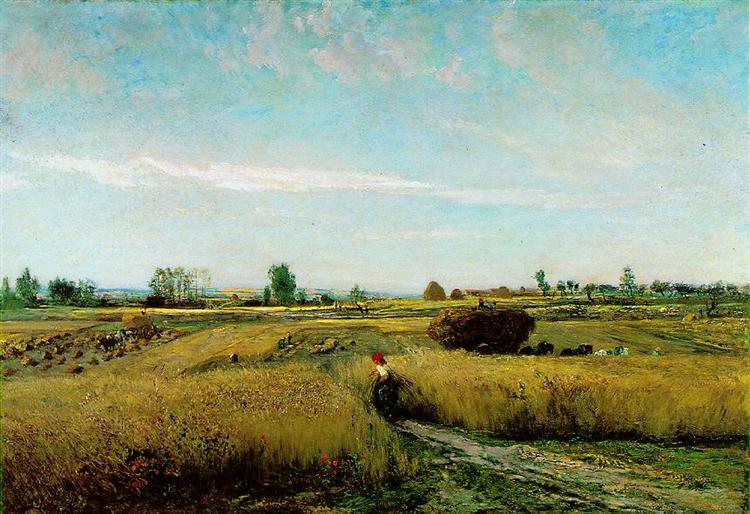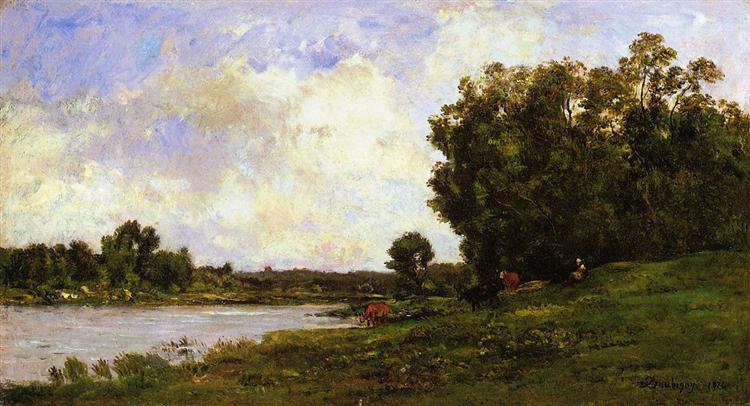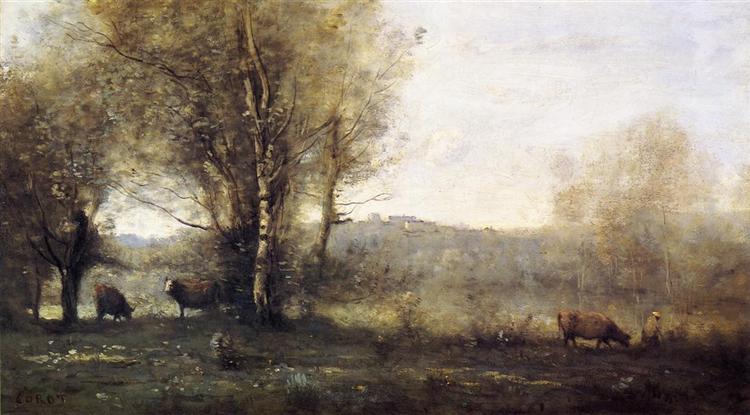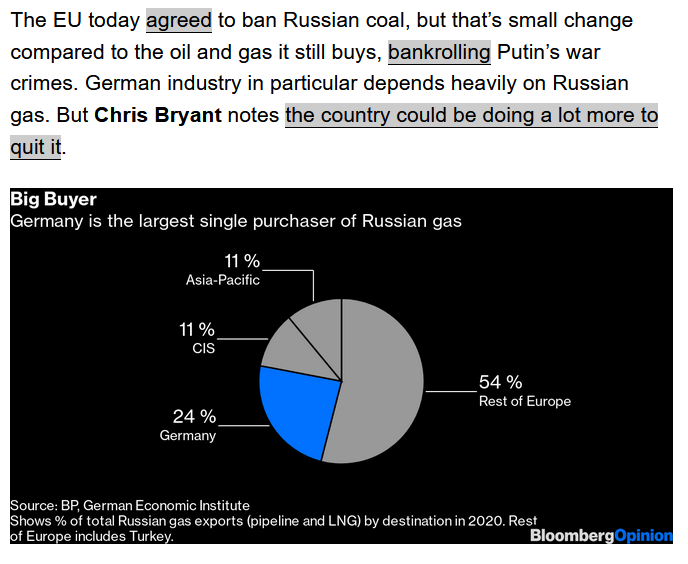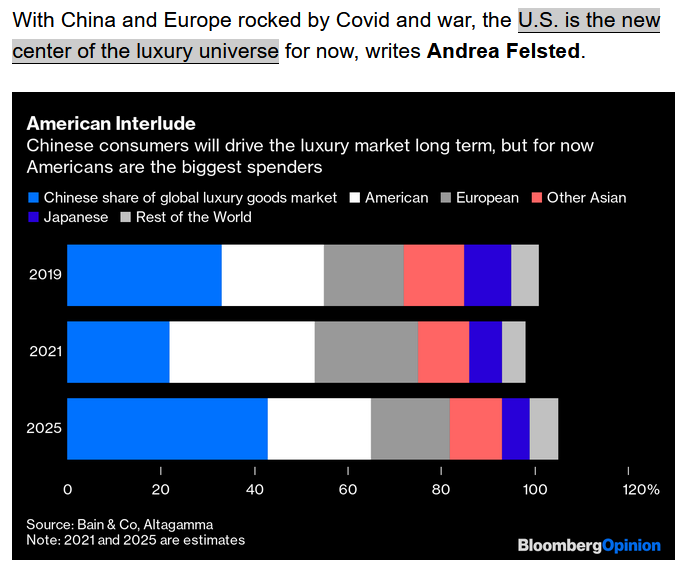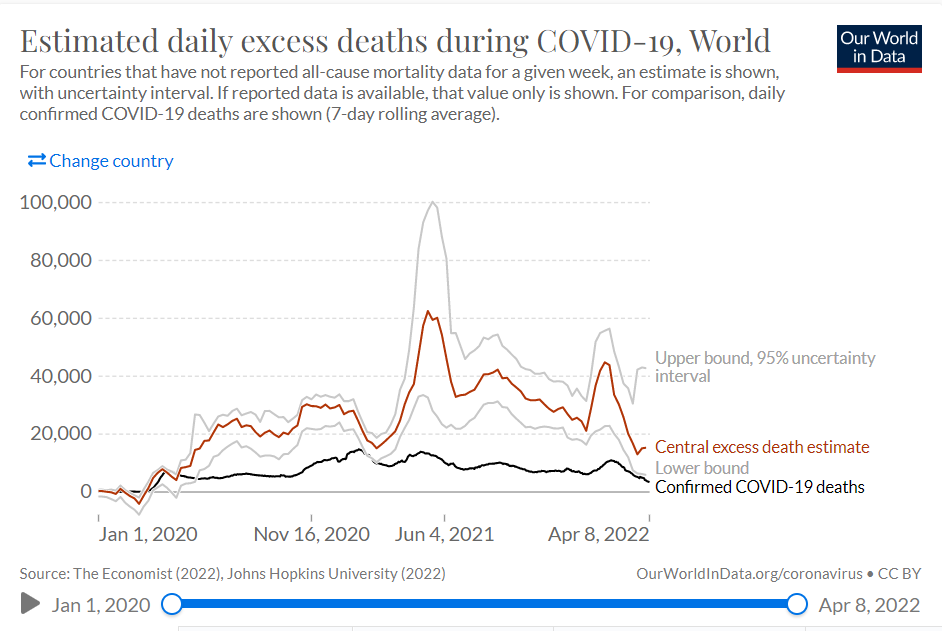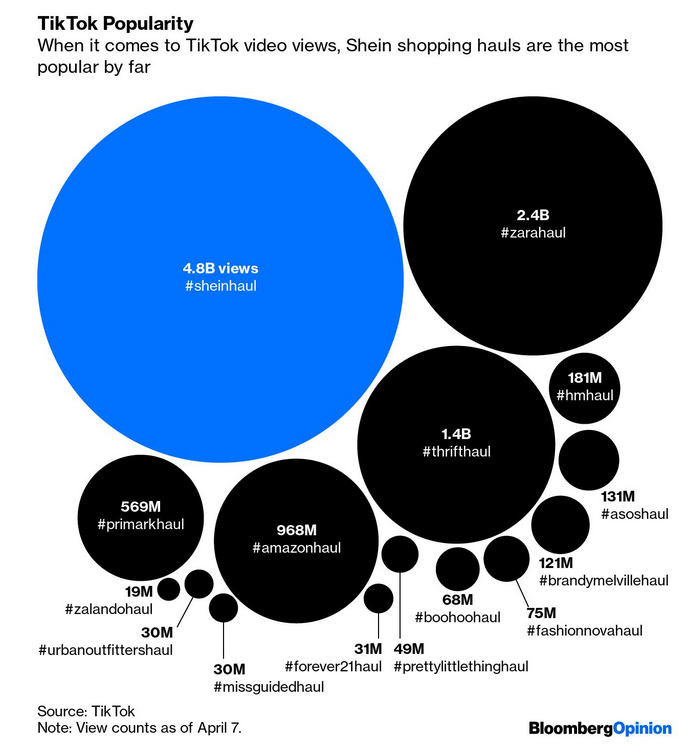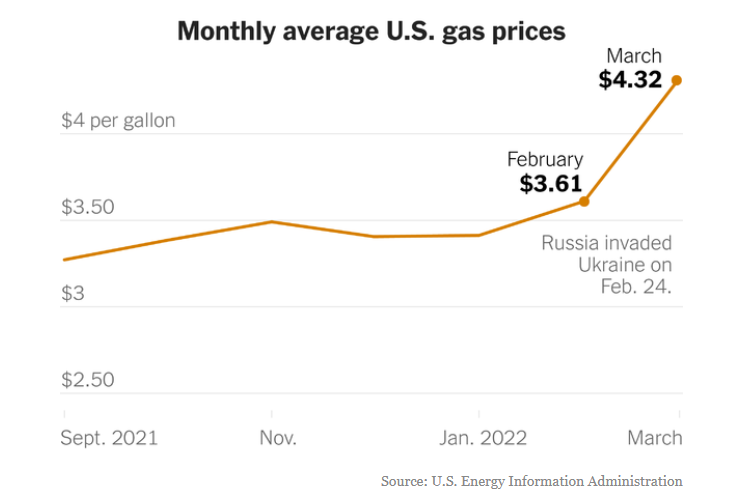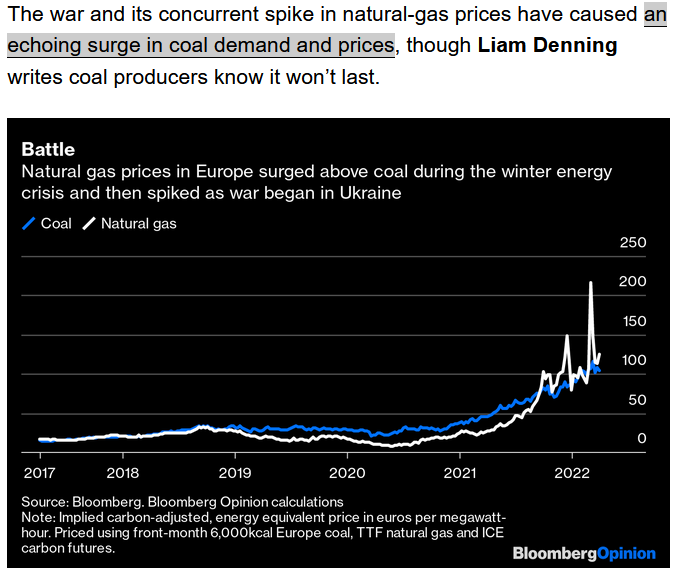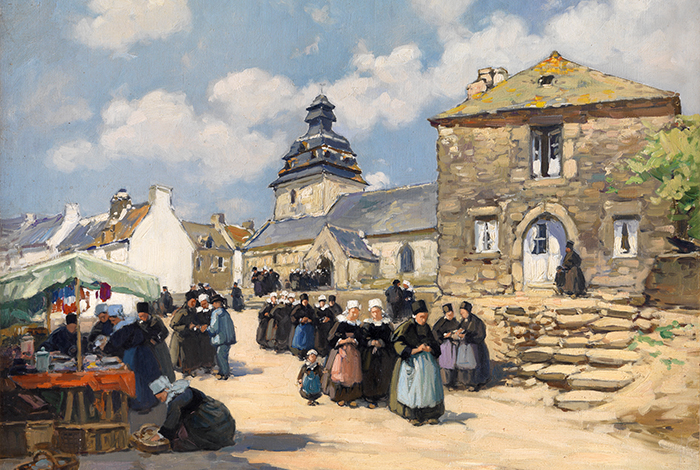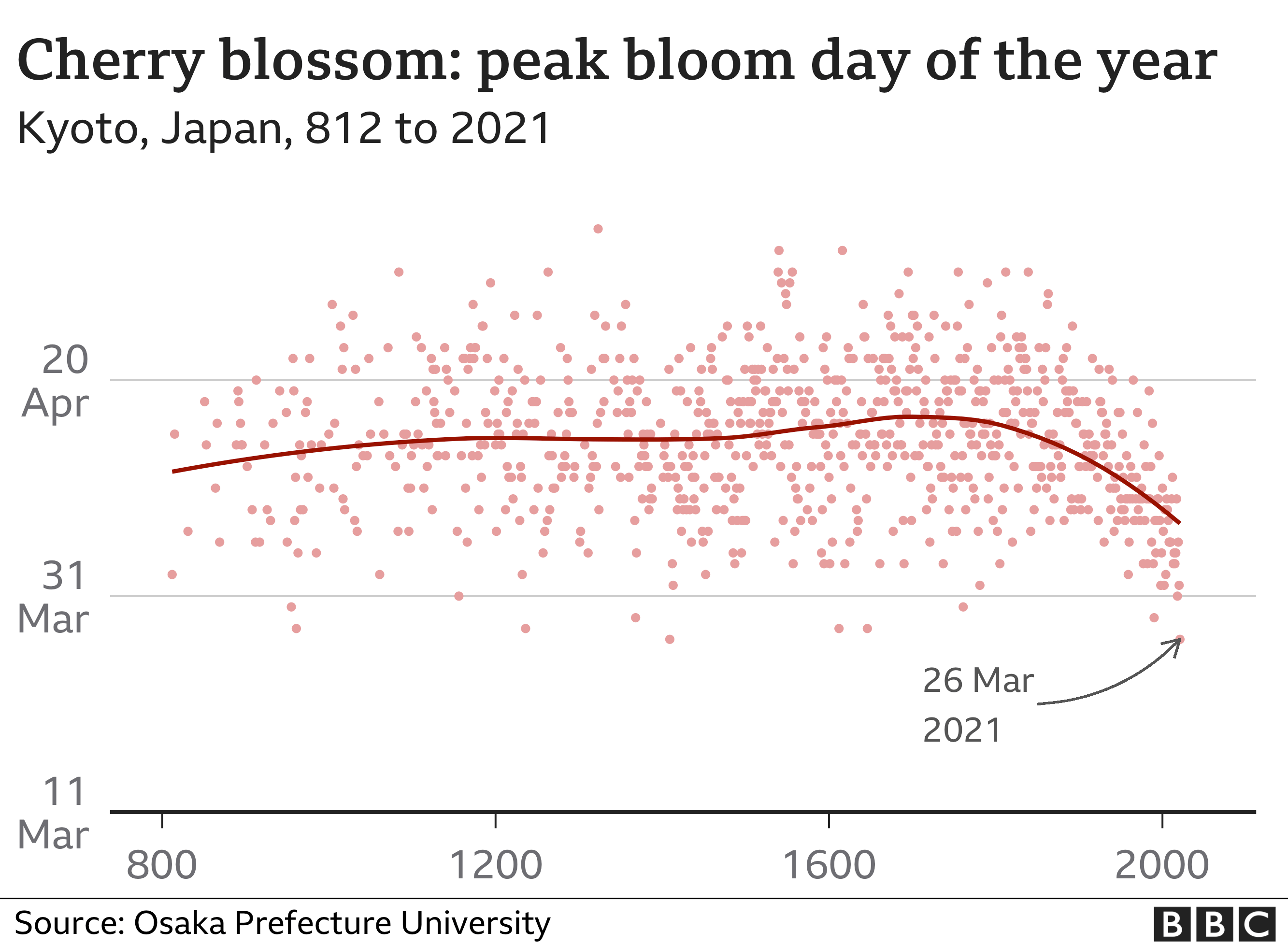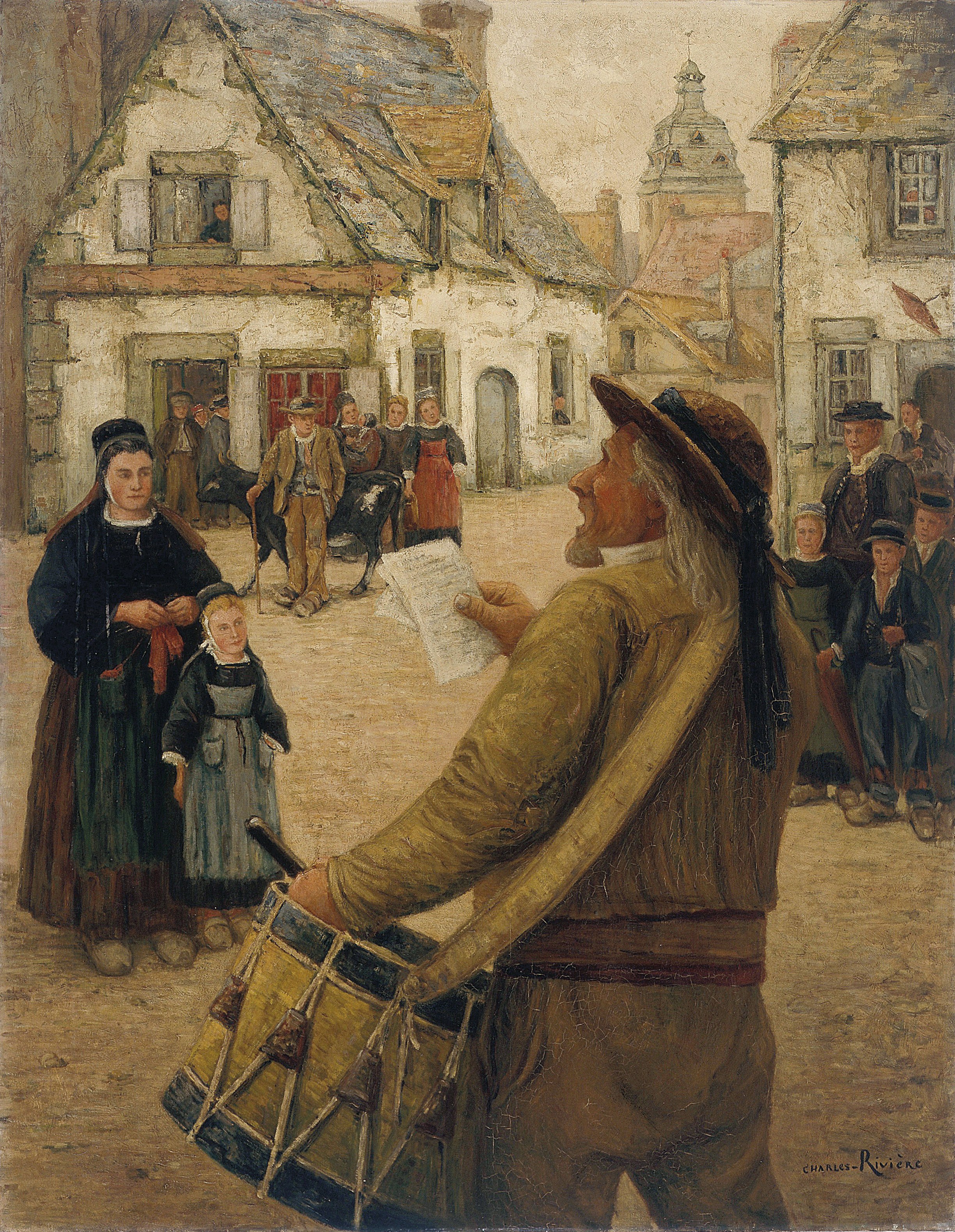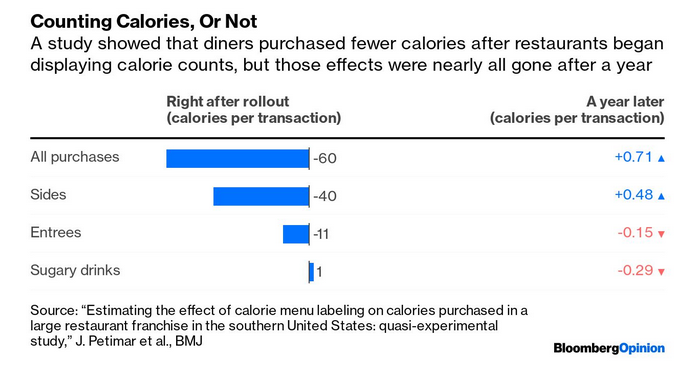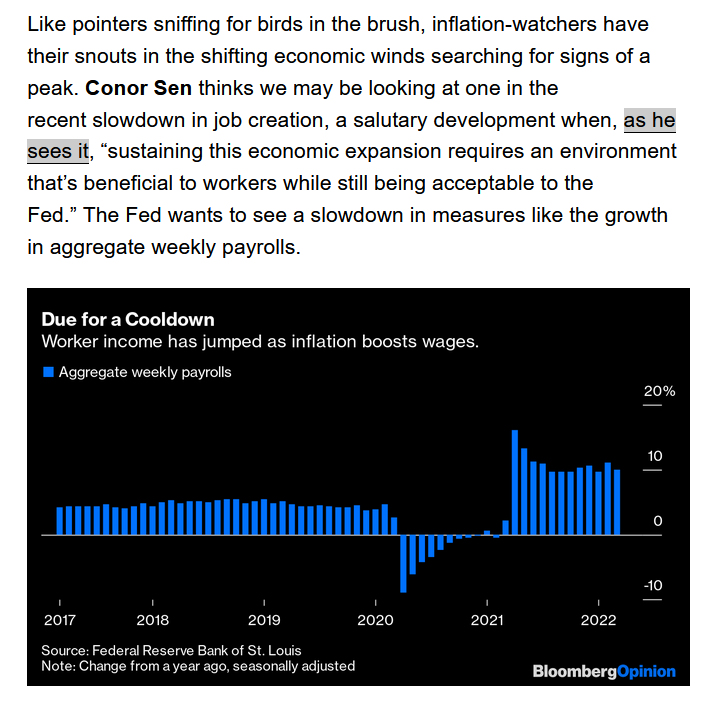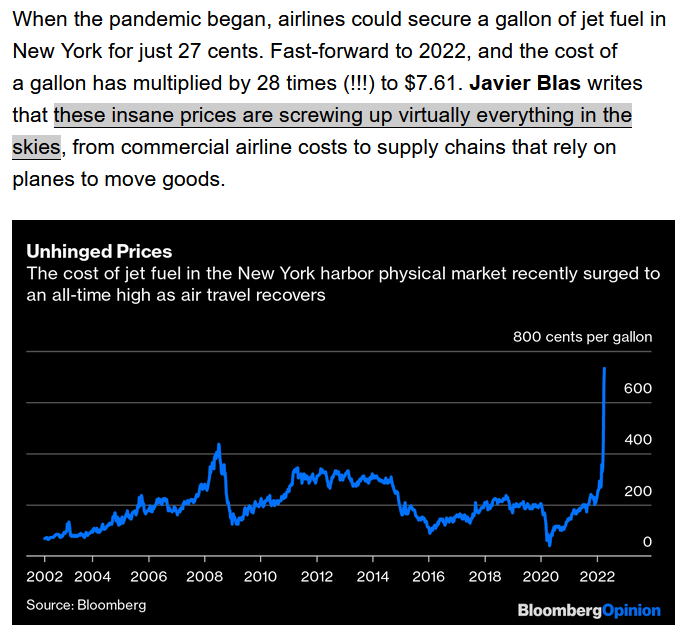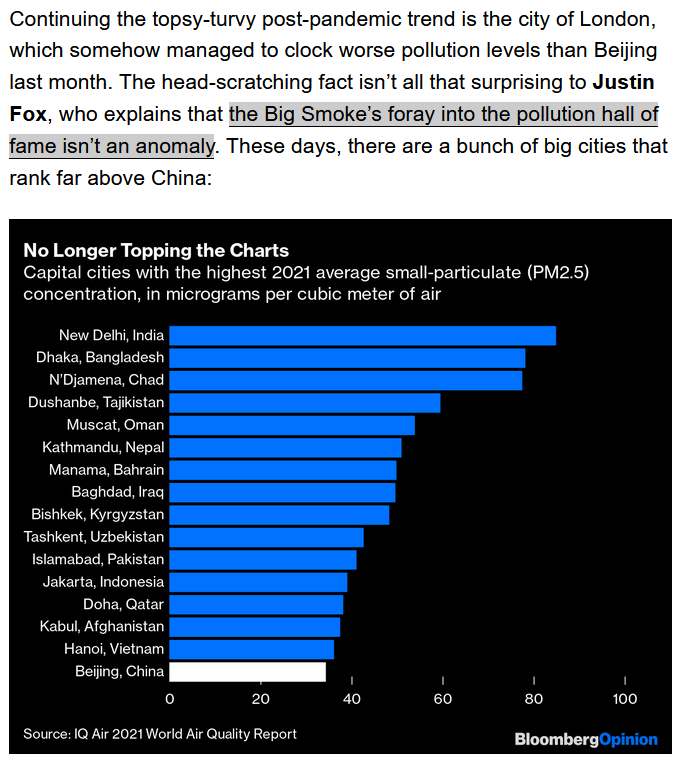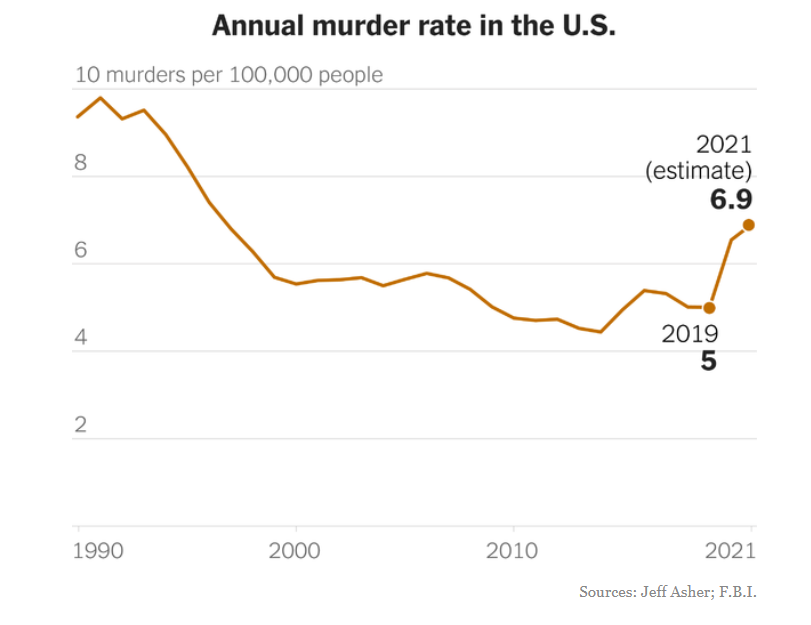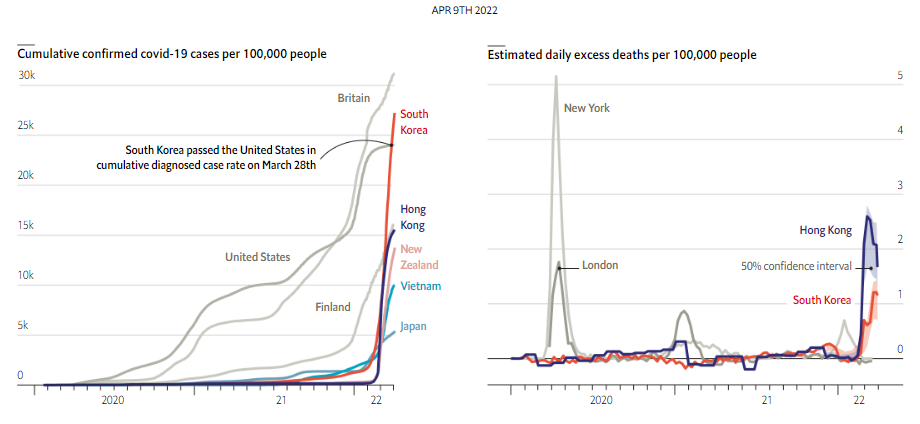You
can also view the message online

Châtenay-Malabry (FR - 92290), April 25, 2022
EFITA newsletter / 1036 - European Federation for Information Technology in Agriculture, Food and the Environment
The informatique-agricole.org site offers you the possibility of subscribing the RSS feeds of its two newsletters
See RSS feeds to implement to ensure that you continue to receive this newsletter
To unsubscribe this newsletter, please contact me directely: guy.waksman(a)laposte.net if this link Unsubscribe does not work.

To correspond with me (GW), please use this address: guy.waksman(a)laposte.net
To subscribe the efita newsletter (please ask your friends and colleagues to test this link)
Efita Newsletters subscription
Before computers : The Ferguson TF20 ("petit gris" in French), symbol of the Marshall Plan
Weekly newsletters about ICT in Agriculture in English and French
Both newsletters have around 14000 subscribers.
>>> Last weekly EFITA Newsletters in English (created in 1999) Efita Newsletters
>>> Last weekly AFIA Newsletters in French (created more than 20 years ago in 1997) Afia Newsletters
>>> Statistics for the last efita newsletter
>>> Last issue of the afia newsletter
>>> Last available satistics for the afia newsletter
Killing the pig by Karl Larrson (1853-1919 - Sweden)
Farmer Field Schools: building capacities to achieve a successful agroecological transition, byTeatske Bakker, Anne-Sophie Poisot, Katia Roesch
…/…
The way in which the Farmer Field Schools are run influences farmers’ decisions. In Burkina Faso, the Farmer Field Schools were consultative, with their content (crops, technical options to be tested, plot monitoring indicators) chosen by experts prior to implementation in the field. The farmers involved made few changes on their farms.
In contrast, in Togo, the Farmer Field Schools were collaborative, with content chosen by farmers during a diagnostic workshop at the start of each Farmer Field School, assisted by a facilitator. Subsequently, the farmers tested different practices on their farms while continuing to adapt them. The objectives were reached and sometimes even exceeded: the farmers improved their ability to experiment and implemented innovations themselves (for example, surveys revealed a wide diversity of maize-soy intercropping).
…/…
See cirad.fr
2022 PrecisionAg Awards Of Excellence: Nominations Are Now Open
Nominate an outstanding individual for one of four PrecisionAg Awards of Excellence.
See precisionag.com
Boerderij in Normandië, 1892, door Edzard Koning (NL), Kröller-Müller Museum
|
2
|
 |
Many countries have decoupled economic growth from CO₂ emissions, even if we take off-shored production into account
Historically, CO₂ emissions rise as incomes rise. But this no longer holds at higher incomes: Many countries have achieved economic growth while reducing emissions.
This is not simply a case of “offshoring.” It still holds when we adjust for the carbon emitted in the production of goods that rich countries import from other countries.
In this short article from December 2021, we describe this “decoupling” of economic growth and emissions and how it has happened.
COVID-19 update: Global confirmed COVID deaths are at lowest levels in over two years
One of the most important indicators of the state of the pandemic globally is the number of people dying from COVID every day.
The daily number of confirmed COVID deaths is at its lowest level in over two years—the last time it was lower was 30 March 2020.
Estimated excess deaths—which give a more comprehensive measure of the total impact of the pandemic on deaths—are also among their lowest levels during the pandemic.
This is true despite confirmed cases not being near their lowest level—thanks mostly to the protective effect of vaccination.
| See
ourworldindata.org |
How did we see the future yesterday??
See the incredible collection developed by Alain Fraval
Titan Machinery Partners with Augmenta AgTech
The alliance will offer farmers an alternative to cope with high input prices through automated, real-time VRA.
See precisionag.com
Blockchain Technology: A Game-Changer for Agriculture in India?
Blockchain use cases in agriculture contribute to building a transparent, fair, and tamper-proof value chain.
See precisionag.com
Retour des champs, de Émile-Joseph Carlier (1849-1927)
Weighing the Risks of Autonomous Agriculture
AI offers great promise for efficient food production but more work needs to be done before it can be left unsupervised.
See precisionag.com
SVG Ventures | THRIVE and Koch Agronomic Services Join Forces to Identify Open Innovation Opportunities
Koch is the latest company to join the Venture & Innovation Platform to focus on engaging with solutions across the rapidly transforming crop nutrition ecosystem.
See precisionag.com
Moisson, 1851, de Charles-François Daubigny, Musée d'Orsay
FutureFarming.com
> Precise spray systems compared: Five ways to radically reduce chemical use
Crop protection products are under intense scrutiny and pressure. Many important active ingredients have been banned or withdrawn and many others are facing the same fate. There is now a range of technology that delivers applications far more precisely than the current, widely used ‘blanket’ treatments to whole fields. We compare five precise spray systems.
Read more
> Crop protection: How Dutch growers are tackling weeds in sugar beets
Treating weeds with crop protection chemicals is an increasingly challenging task because of the constantly shrinking number of available herbicides. Royal Cosun is helping farmers in finding future-proof integrated solutions.
> Harvesting: Australian robotic mango harvester nearing commercialisation
The first mango auto-harvester in the world is a step closer to being commonplace on Australian farms, according to Lead Researcher Professor Kerry Walsh of CQUniversity. “It is really exciting to see the technology achieving great results in the field”, he says.
> Crop protection: Hybrid alternative to herbicides
Since its withdrawal in 2020, potato growers in the EU and UK have been searching for a replacement for Diquat. Trials now show that, out of the three main alternatives, a new hybrid sprayer/electrical system is performing as well, if not better than other chemical and mechanical defoliation options.
> Electro-weeding: First Australian electro-weeding trial
A non-chemical weeding device that uses electricity to kill plants will be put through its paces in Western Australia. The use of the Swiss made Zasso Electroherb machine, based on Brazilian technology, should determine whether electro-weeding is the future of sustainable weed control for primary industries growers.
See futurefarming.com
Coming soon: uEye XC autofocus camera
Automatically perfect images even with changing object distances and lighting conditions? No problemfor the new 13 MP uEye+ XC autofocus camera from IDS. It closes the market gap between industrialcamera and webcam. The integrated autofocus ensures perfectly sharp images and videos.
See ids-imaging.com
India’s FarmERP wants to bring benefits of ag data to the rest of the developing world, AFN, by Lucy Ngige
At a time when tech adoption was still low in Indian agriculture, two Pune-based computer engineers began working on a software solution to bring digitalization to the industry.
In 2006, FarmERP — the brainchild of Sanjay Borkar and Santosh Shinde, who both came from agricultural families — was released. The objective behind the platform was to systematize farming operations to make them more efficient, profitable, and predictable.
>>> Enterprise resource planning for farms
India is a super-producer when it comes to agriculture; it’s one of five countries that produce over 80% of the world’s total ag output. It ranks first in the world in milk and pulses production, and is the world’s second largest producer of rice, wheat, sugarcane, groundnut, vegetables, fruit, and cotton, according to the UN Food & Agriculture Organization.
Even with these stellar output figures, India grapples with barriers to productivity. Borkar had witnessed first-hand how poor infrastructure and disorganization costs farmers, who find it difficult to get decent prices for their produce and are often left at the mercy of market forces.
“Depending on the kind of market one is in, it decides how much you’re going to earn. So, the value of produce is not dependent on what is grown, but how much the market values the produce,” he says.
This, he adds, makes it difficult for farmers to predict the profits they would make at the end of the season.
For Borkar, scant adoption of technology and best practices exacerbated these problems.
Consequently, he and Shinde released the first prototype of FarmERP, built around the needs of their first client; later on, those features were standardized. Its early users were mainly growers, co-operatives, and non-governmental organizations.
The startup’s only publicly reported fundraising round came in December 2019 when it secured an undisclosed amount of Series A funding from a Singapore-based investor named Technogen.
…/…
See agfundernews.com
Cattle on the Bank of the River,1872, de Charles-François Daubigny
John Kempf’s innovation-forward regenerative agriculture business raises $4.7m, AFN, by Louisa Burwood-Taylor
John Kempf’s innovation-forward regenerative agriculture business Advancing Eco Agriculture raises $4.7m, April 12, 2022, by Louisa Burwood-Taylor
If you’ve met John Kempf you’ll remember.
His appearance is one thing; he’s Amish and dresses accordingly. The silhouette of his boater kapp has become a trademark in a US agriculture industry characterized by plaid shirts and jeans and, increasingly, men in suits. But it’s also his passion and deep understanding of regenerative agriculture that sets him apart. When you find out he started a regenerative agriculture business at just 18-years old, fours year after starting to work on his family’s farm in Ohio with just an eighth-grade education, he’s even more memorable.
By 2016, he’d worked with over 10,000 US-based farmers — sure, most were relatively small scale and within the Amish and Mennonite communities he grew up in but that’s still a big number. And today, as the size and scale of farms he works with increases, he counts some of the world’s leading agrifood companies as clients in a footprint of over 4 million acres across North America.
He’s not stopping there. “My personal mission, which I’m passionate about, is having regenerative agriculture become the standard status quo for more than 80% of the world’s farmers by 2040 globally. I think this is a realistic goal,” he tells AFN.
.../...
See agfundernews.com
The Ukraine crisis shows climate stability & biodiversity are crucial to long-term food security, AFN, by guest contributors: Helena Wright & Alexander Burr
The crisis in Ukraine has damaged an already weakened post-Covid global food system. It has also highlighted the vulnerabilities of that system’s interconnectedness. Both Ukraine and Russia are significant producers and exporters of commodities including wheat and maize, meaning that the short-term impact on food security and prices is being felt right across the world. Vulnerable populations in lower-income countries are likely to be the most affected, worsening the global hunger and malnutrition crisis. So as policymakers around the world look to respond and strengthen our collective food security, what other systemic issues and policy interventions should they consider whilst making these decisions?
>>> Climate change and biodiversity risk
When we look at the impact of the Ukraine crisis on food security over the long-term, we must not forget to consider the impacts of climate change. The outlook is increasingly uncertain in the face of accelerating and persistent interruptions. The UN Intergovernmental Panel on Climate Change has highlighted that 10% of existing areas for food production could be unsuitable for crops and livestock by mid-century. Unfortunately, these risks are already starting to materialize – such as the recent floods in Australia which caused significant losses and damages to crops.
See agfundernews.com
What is more dangerous: the Russian gas or the nuclear plants?
Luxury market
Shein (China) vs Zara and others / Tik-tok popularity (source Bloomberg Newsletter)
We must scale US agtech innovation to fight the looming food, energy crisis, AFN, by guest contributors
As we watch the ongoing horrors of the Russian invasion of Ukraine, we also witness in real-time the far-reaching implications on food and energy security – both historical catalysts for global unrest.
Last month, UN Secretary-General António Guterres warned of the impacts of the Ukrainian invasion on the world food system, noting “All of this is hitting the poorest the hardest and planting the seeds for political instability and unrest around the globe.”
Russia and Ukraine supply half of the world’s sunflower oil and 30% of the world’s wheat, and Ukraine is the world’s fourth-largest exporter of corn. Yet, as Russian bombs delay Ukraine’s spring planting and destroy global food stores, it’s increasingly clear we are looking down the barrel of an unprecedented hunger crisis.
But we can solve this crisis.
For generations, US agriculture has worked to feed the world through advancements in mechanization, plant breeding, and chemistry, resulting in increased crop productivity. The Green Revolution saved an estimated one billion people from starvation. We must rise to the challenge yet again.
As one of the planet’s largest food-producing countries, it is a moral imperative to protect our domestic food security and agricultural interests. One immediate way is by improving the efficiency of fertilizer utilization in cropping systems via technological and biological agtech innovations.
New solutions to improve fertilizer efficiency lower agriculture’s carbon footprint, increase crop resiliencies and lessen the impacts of geo-politics on a world food production system dependent on globally traded fertilizer.
See agfundernews.com
US gas price increase (source Bloomberg Newsletter)
Dr Jacqueline Rowarth: How do we grow more food without using more land?
Rising food prices, gaps on shelves and requests from supermarket chains to be kind and try something else if a favourite brand or item isn't available .... supply chain disruptions are real and food shortages are global.
Already there are warnings about the potential for food riots to occur, just as they did during the Global Financial Crisis. War and Covid have exacerbated the issues caused by drought, fire and flood.
In addition, there is the overarching pressure to meet the nutritional needs of an ever-increasing world population.
Scientists are thinking globally as they grapple with the complexities of available land, climatic conditions, biodiversity and the number of mouths.
How can we feed more people to a better state of nutrition using no more land, while reducing the risks to production?
German researchers have modelled the options.
In a paper released this year, they suggested that improved efficiencies in crop production could increase production by almost 3 per cent while reducing the area required for growing crops by between 37 per cent and 48 per cent.
This would allow land to stay "natural" and host biodiversity. In addition, the researchers estimated that crop prices would decrease.
See nzherald.co.nz
Europe gas price increase (source Bloomberg Newsletter)
Unforgiving math of intensive agriculture? Agricultural Intensification and the Ecomodernist Manifesto
Ted Nordhaus of the Breakthrough Institute and one of the authors of the controversial "An Ecomodernist Manifesto," wrote that intensive agriculture is needed to fight climate change and feed 10 billion people.
To mitigate climate change and preserve the natural world while meeting the needs of a growing and increasingly prosperous human population, environmentalism would need to recommit to one foundational concept, the idea that environmental protection requires shrinking the footprint of human activity, while abandoning another, the notion that ecological salvation requires tethering human societies ever more closely to natural flows of energy and nutrients.
The 2018 comprehensive study from the World Resources Institute embraced "agricultural intensification as the only way to simultaneously close what it calls the food gap, the land use gap, and the greenhouse gas emissions gap."
Over the last few years, a lot of research has gone into looking at agricultural intensification and cropland expansion. I summarized the article "Global impacts of future cropland expansion and intensification on agricultural markets and biodiversity" (Nature Communications, June 2019) on February 26th, 2020.
The study simulated 17 different crops with scenarios for expansion and intensification. It takes into account factors like soil quality, climate change, topography, and socio-economic conditions like consumption growth and population patterns.
This study concluded that intensification would be more prevalent in China and India (areas with low productivity) while cropland expansion is most likely to happen in Central and South America.
>>> Intensification and Land Sparing Potential
It was interesting to see a paper published in Nature Communications a few days back: "The global cropland-sparing potential of high-yield farming." This study looks at intensification only to reduce the cropland footprint. The study looks at two scenarios that show theoretically that the cropland area could be reduced by almost 40% to 50% while maintaining present production volumes. Raising productivity in most parts of the world can accomplish the reduction. The two scenarios are:
1. MLS or Maximum Land Sparing scenario
2. TLS or Targeted Land Sparing scenario
The study considers crops that represent 85% of global cropland cultivated with annual crops. It comprises of more than 7% of total cropland area, calorie supply from vegetables and fertilizer consumption.
Crop distribution was done spatially by using a linear optimization algorithm under the following conditions:
1. Minimize the extent of current global cropland.
2. Maintain 2011-2015 global production volumes for each crop (17 major crops considered).
3. Avoid novel expansion of cropland locally.
>>> Results of the study
The results of the simulation on other attributes like N, P, water requirement, etc., are summarized below:
- Cropland area reduction by 50% for MLS and 40% for TLS.
- Total N and P applications increase by only 6% for MLS and decrease by 1-4% for TLS.
- Crop water requirement from irrigation decreased to 65% of baseline for MLS and 78% of baseline for TLS.
.../...
See rhishipethe.com
Sortie de messe au Faouët, vers 1928 - Henri Barnoin (1882-1940) - Musée du Faouët
Modern crop improvement takes a historical approach, by Nicholas Karavolias
orghum, rice, wheat, maize and barley are hugely important in the human diet, with more than 50 percent of all calories consumed coming from just a few key cereal crops. Now scientists are pairing modern gene editing with a look at the past to improve the performance of these powerhouse plants.
Before they occupied such a gargantuan portion of our diets, these organisms didn’t look much different than the weedy grasses gardeners and farmers pluck from their plots.
To make them edible, wild crop ancestors were subjected to a process known as domestication. Humans selected varieties of these species for favorable traits, such as larger and more numerous grains and loss of seed dispersal so that precious grains didn’t fall to the earth prior to harvesting.
The process of domestication undertaken by early agriculturalists to develop hearty crop varieties resulted in huge shifts in plant performance. Major genomic shifts underlie the significant transformations observed in the transition from weedy progenitors to domesticated crops.
Researchers are now able to study the genes that were selected for in the process of domestication by comparing the genomes of wild crop ancestors to those of modern varieties. Then, by comparing sets of genes selected during domestication from one crop to the next, researchers are able to generate an even more robust understanding of this process that can be leveraged for further crop improvement.
…/…
See allianceforscience.cornell.edu
Eggs-ploring why chicken eggs are laid in different colors, shapes, shades
Have you ever been curious about why chicken eggs can be different colors? While most eggs are white or brown, they also come in colors like cream, pink, blue and green. In addition — and this is no “yolk” — some are even speckled. Nature has provided chickens with diverse color patterns for their feathers, skin patches and eggshells for various purposes, including camouflage, protection from predators and to signal individual identity.
According to a Texas A&M AgriLife Extension Service poultry specialist, the color of an egg is mainly determined by the chicken’s genetics. That means the breed of hen will usually indicate what color of egg will be produced. For example, Leghorn chickens lay white eggs, while Orpington’s lay brown eggs, and Ameraucana lay blue eggs. And the “olive egger” breed lays, wait for it, olive-green eggs.
But appearances aside, all chicken eggs have no major differences in taste or nutritional composition.
.../...
See agdaily.com
Les Maquignons, 1919, par Henry Dezire (1878-1965) - Musée du Faouët
| 8 | 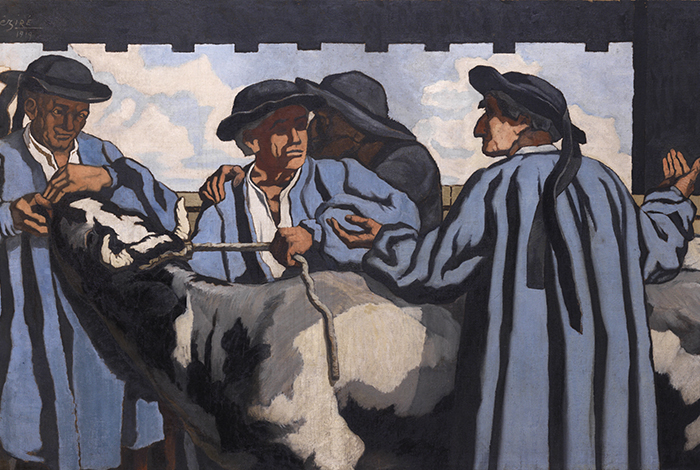 |
The right to repair just got easier, Apr 06, 2022 (1)
There’s no doubt that today’s equipment can be a challenge to repair, let alone figure out what’s wrong. To help, companies are creating tools to diagnose and repair equipment, with one such company based in Spain and expanding into the U.S.
Cojali USA offers its Jaltest AGV system, which claims to diagnose issues with all makes of equipment. Isidro Flores, sales director for Jaltest AGV, provided a demonstration of the system at a farm show this winter.
“We can diagnose problems on any make of farm equipment,” he said. The system is built in modules, including agriculture, construction, off-road and other equipment. Buyers can purchase only the module they need — for example, ag equipment.
.../...
See farmprogress.com
Right to repair (2)
The Jaltest Agricultural Vehicle kit has set a benchmark in the market for accurate diagnosis on agricultural vehicles on all kinds. This kit has the same great functions as the other Jalest Diagnostic Tools with extensive coverage for agricultural brands and systems as well as technical information and a wide range of cables for direct connection.
See cojaliusa.com
|
Gazette
de vitisphere.com, |
|
Profit Isn’t a Four-Letter Word
.../...
Too many people believe farmers are doing bad things just to earn a buck. They believe we’re willing to deplete our soils, poison our crops, abuse our animals, and dirty our water. Why? Just so we can buy nicer things. I’m sure farmers like that exist. I don’t personally know any, but I won’t tell you it never happens. There are bad people in every profession.
But the vast majority of farmers are just like the vast majority of everyone else–good people. We don’t lie, cheat, and steal to get ahead. We take pride in our work, our farms, and our produce. Farmers try to make money for the same reasons that everyone else does–to make ends meet.
So next time you’re tempted to judge someone just for making a living, think again. Is this person really trying to increase profits, or are they trying to make a living.
See thefarmersdaughterusa.com
Japan's cherry blossom 'earliest peak since 812, BBC, 30 March 2021… Climate changing!!!
CIMMYT (International Wheat and Maize Improvement Center, in English) and a farmer, by Guillermo Breton, March 31, 2022
Global food prices were already increasing when the world’s wheat supply came under extra pressure, due to Russia’s war on Ukraine. We don’t know whether the farmers who have made Ukraine the fifth-largest exporter of wheat will produce anything in 2022.
Food security is bound to fall, with the greatest impact to be felt by those most vulnerable first. Ukrainians are bearing the worst of it, of course, but the fallout from Vladimir Putin’s cruelty will affect us all.
The problem would be much worse if a remarkable group of scientists had not dedicated themselves in the last century to the improvement of agriculture, in work that continues today and promises to make the future a little more hopeful.
My family witnessed the work of these scientists up close. Our farm is in the state of Tlaxcala, in the highlands east of Mexico City. We grow corn, barley, sunflower, and triticale, which is a hybrid of wheat and rye.
.../...
See globalfarmernetwork.org
The latest on monopoly pricing power and fertilizer prices
It is far easier to raise issues of monopoly pricing power than to document its existence and its negative impact on users and consumers.
See agdaily.com
Perspective: Cows or people -- who will it be?
Cattle are efficient and valuable upcyclers. While they utilize land, water, a little bit of fuel, and of course grains, the end result is well worth it.
See agdaily.com
CIMMYT and a Farmer: Para Guillermo Bretonmarch 31, 2022
My family witnessed the work of these scientists up close. Our farm is in the state of Tlaxcala, in the highlands east of Mexico City. We grow corn, barley, sunflower, and triticale, which is a hybrid of wheat and rye.
.../...
See globalfarmernetwork.org
Le Tambour de ville, Bretagne - Le Faouët, vers 1914 - Charles Rivière (1848-1920) - Musée du Faouet)
Why Europe needs to talk about livestock vaccination, by Rens Van Dobbenburgh - 15.04.2022
.../...
Nobody wants to bear witness to millions of animals that are culled as a result of preventable diseases. But at present, farmers and veterinarians must navigate the trade-offs between animal welfare and trade, which has implications for agricultural livelihoods, food security and economic growth.
In the face of the ongoing and preventable bird flu pandemic and the many other threats to livestock, the best outcome would be to bring everyone to the table, including retailers and consumers, to ensure Europe unlocks the full potential of vaccination for animal welfare and food safety.
See europeanscientist.com
“Europe must make progress on animal genomic editing.” Interview with J.P. Jégou, President of the French Veterinarian Academy” by European Scientist - 23.04.2021
.../...
T E S: Did Emmanuel Charpentier’s obtaining the Nobel Prize have no effect on politicians?
J-P.J. : The attribution of the 2020 Nobel Prize in chemistry to Emmanuelle Charpentier and Jennifer Doudna is certainly the official guarantee – which could not be stronger – given to this N G T developed from Crispr-Cas9. It is probably the potential of this discovery in terms of medical applications that has been rewarded. One can expect that politicians will seize this scientific recognition to finally allow Science to express itself also in this field in the European Union in a global policy of innovation as advocated by the E U Commission.
T E S : Recently in France Minister Julien Denormandie declared NBTs are not GMOs. Could he not support the point of view of your letter to Brussels?
J-P.J. : Yes, this open attitude of Julien Denormandie, the French Minister of Agriculture and Food vis-à-vis the New Genomic Techniques (N G T’s) was well noticed by us on November 5, 2020 when he spoke at the General Assembly of the French Cereal Union. On January 7, he confirmed to Agri-Presse his wish to see the European legal framework for these N G T’s evolve and be amended, because to him, the present Directive is unsuitable for the necessary new scientific framework, even if it means seeing the anti-GMO lobby appear, which has happened as a matter of fact. His speeches, however, his own position, only refers onto plants and the problem of Genome Editing in animals seemed to be ignored or obscured. Therefore, it was indeed important to make known to the European Commission the position of the Veterinary Academy of France.
The 2020 Position Paper of our academy was sent to several members of the Cabinet of the Minister of Agriculture and Food at the time, Mr. Didier Guillaume. They had expressed a reservation more linked to a doubt about societal acceptance than to a genuine scientific reluctance. The time for clarification and taking responsibility to allow enlightened science to distill its benefits for our societies finally seems to have come.
See europeanscientist.com
Counting calories not really useful (source Bloomberg Newsletter)
Recent worker income increase (source Bloomberg Newsletter)
US Jet fuel gallon cost (source Bloomberg Newsletter)
More polluted than Beijing (source Bloomberg Newsletter)
Crops lifestyle: US farmers expect to plant more soybeans and less corn acreage
Producers surveyed across the United States intend to plant a record high 91.0 million acres of soybeans in 2022, up 4 percent from last year, according to the Prospective Plantings report released today by USDA’s National Agricultural Statistics Service (NASS).
Planted acreage intentions for soybeans are up or unchanged in 24 of the 29 estimating states. The largest increases are expected in Illinois and Missouri, where producers in each state intend to plant 400,000 more acres than in 2021. If realized, the planted area of soybeans in Illinois, Kentucky, Michigan, Missouri, Nebraska, Ohio, South Dakota, and Wisconsin will be the largest on record.
Corn growers intend to plant 89.5 million acres in 2022, down 4 percent from last year. Acreage decreases from last year of 200,000 or more are expected in Illinois, Indiana, Iowa, Kansas, Minnesota, Nebraska, North Dakota, and Wisconsin. Record high acreage is expected in Nevada and South Dakota. Record low acreage is expected in Connecticut, Massachusetts, and Rhode Island.
.../...
See agdaily.com
Covid-19: Asia situation not better than these one of Western Countries? (NYT Newsletter)
In 2007, Professor Wiesaw Masowski projected that the Arctic would be ice-free by 2013
In 2012, the esteemed polar scientist Peter Wadhams predicted that the Arctic would be ice-free by 2016.
In 2018, Harvard professor James Anderson said that the chance of any permanent ice left in the Arctic by 2022 was “essentially zero.”
Yet, in January 2022, Arctic ice was at its largest extent in over a decade.
This is not to minimize the threat of climate change: Arctic ice cover is gradually shrinking, which could have disastrous effects on the planet.
However, these failed predictions show that even leading scientists don’t understand the climate as well as they would like to, and that the next dire prediction ought to be taken with a whole jar of salt.
See humanprogress.org
Desiderius Erasmus
During the Protestant Reformation, when religious violence raged across Europe, one man championed tolerance and peace.
See video
See paper
Partly thanks to new technologies like smartphones, more people around the world are gaining access to financial services
Brown bear population in Pyrenees highest for a century, says study
Monitors identify 70 individuals in 2021, with 114 newborns since launch of repopulation scheme in 1996
See theguardian.com
French Artificial Sweetener-Cancer Study Is 'Le Bullsweet' By Josh Bloom — April 1, 2022
Crappy studies on the alleged harm of artificial sweeteners are about as common (and valuable) as a wad of gum stuck under a school chair. Yet, here's another claiming that consumption of artificial sweeteners, especially aspartame and acesulfame-K, are associated with cancer. Shall we dismantle it? I say yes.
See acsh.org
Le marché du Faouët, de Maurice Ménardeau (1897 - 1977)
Jewish girl president… the legend tells that the dearest dream of Jewish mothers is to have a son becoming doctor!
A Jewish girl becomes president and says to her mother
“You’ve got to come to the inauguration, Mom.”
The mother says, “All right, I’ll go, I’ll go. What am I going to wear? It’s so cold. Why did you have to become president? What kind of job is that? You’ll have nothing but tsuris.”
But she goes to the inauguration, and as her daughter is being sworn in by the chief justice, the mother turns to the senator next to her and says:
“You see that girl up there? Her brother’s a doctor.”
| |
The distribution of this efita newsletter is sponsored by vitisphere.com
Please, contribute to the content of your efita newsletter, and advertise your events, new publications, new products and new project in this newsletter. Without your support, it will not survive!
Contact: Guy WAKSMAN
E-mail: guy.waksman(a)laposte.net
To read this newsletter on our web site
See Efita
The archives of this newsletter
See Efita
Do not miss the Virus Jokes in English and French
About the EFITA mailing list
You can use the efita moderated list (> 15000 subscribers) to announce any event / product / web site / joke (!) related to IT in agriculture, environment, food industry and rural areas.
If you want to subscribe a friend, please fill in his form.
If you do not wish to receive our messages, please fill in the following form...





